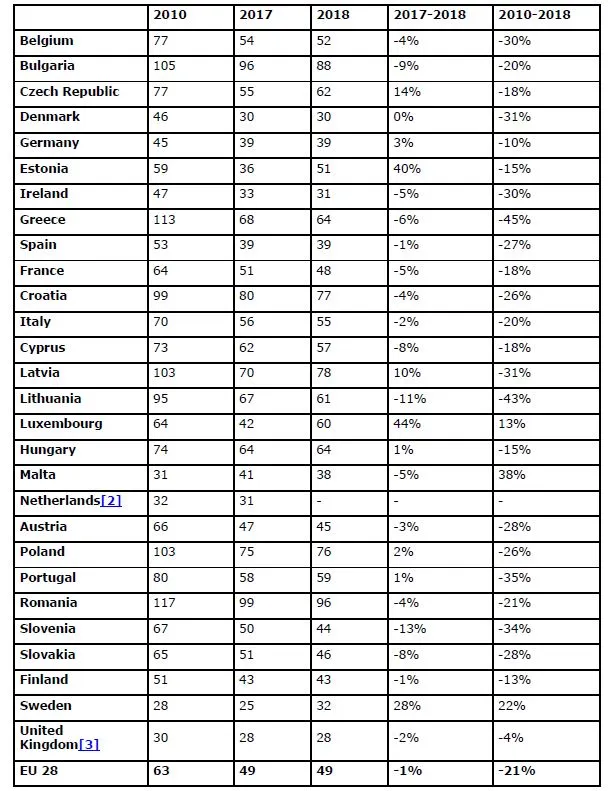Reports from Nepal highlight the devastation the country has suffered due to its recent massive earthquake. Measuring an enormous 7.8 on the Richter scale, the quake has demolished many buildings in capital Kathmandu, as well as damaging roads and other infrastructure. This was followed by a series of aftershocks, one of which measured 6.7 on the Richter scale.
World Highways correspondent Ram Krishna Wagle reports that with many road links to other towns severely damaged, this is hampering the relief eff
April 30, 2015
Read time: 2 mins
Reports from Nepal highlight the devastation the country has suffered due to its recent massive earthquake. Measuring an enormous 7.8 on the Richter scale, the quake has demolished many buildings in capital Kathmandu, as well as damaging roads and other infrastructure. This was followed by a series of aftershocks, one of which measured 6.7 on the Richter scale.
3260 World Highways correspondent Ram Krishna Wagle reports that with many road links to other towns severely damaged, this is hampering the relief efforts right across the country. In some instances, only helicopters can be used to access the country’s more remote areas, but flights have been limited due to poor weather.
The photos show the damage to the Kathmandu Ringroad - Airport section and also the Kathmandu-Bhaktapur Road Section.
The fatality rate arising from the earthquake has now topped 5,500 while a further 11,000 are known to have been seriously injured. But with remote villages in many of the worst affected areas still to be contacted, the toll of dead and injured is almost certainly likely to climb higher. Aid is being provided from neighbouring China and India, as well as from Europe and the US, but considerably more international assistance is required. Equipment manufacturer255 JCB has supplied a number of backhoe loaders and generators to aid in the rescue work but far more heavy equipment is required.
The photos show the damage to the Kathmandu Ringroad - Airport section and also the Kathmandu-Bhaktapur Road Section.
The fatality rate arising from the earthquake has now topped 5,500 while a further 11,000 are known to have been seriously injured. But with remote villages in many of the worst affected areas still to be contacted, the toll of dead and injured is almost certainly likely to climb higher. Aid is being provided from neighbouring China and India, as well as from Europe and the US, but considerably more international assistance is required. Equipment manufacturer







